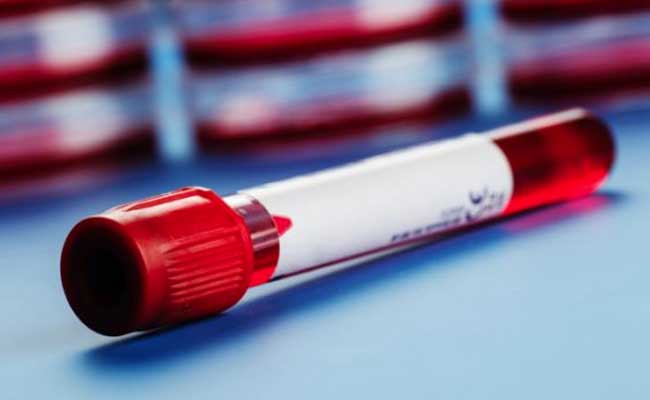India, considered to be the capital of thalassemia, sees some 10,000 children born with the condition every year. However, the disease is still overlooked when we talk about the burden of the disease in the country.

What is thalassemia?
Thalassemia is a severe genetic blood disorder in which the red cells of the blood are abnormal and die fast leading to anaemia. Anemia is a condition in which your body doesn't have enough normal, healthy red blood cells. Thalassemia is inherited, meaning that at least one of your parents must be a carrier of the disease. It's caused by either a genetic mutation or a deletion of certain key gene fragments.
Thalassemia minor - is a less serious form of the disorder and is a carrier state in which one of a pair of chromosomes carries the affected gene. These individuals are essentially healthy and have a normal life span. They do not require blood transfusions, although they may be slightly anaemic especially during stress periods like pregnancy. These individuals are capable of passing the gene to the next generation.
Thalassemia major - is a serious disease in which the child is unable to maintain a satisfactory haemoglobin level. If left untreated the life span may be restricted to 3-5 years. The child requires frequent blood transfusions, which leads to accumulation of iron in the liver, heart and other organs.
Symptoms of thalassemia
Signs and symptoms of thalassemia depend on the type and can vary from none to severe. Some of the most common symptoms include:
- Weakness
- Fatigue
- Bone deformities, especially in the face
- Pale appearance or yellow skin
- Slowth growth rates
- Increased risk of infection
- Iron overload
- Heart problems
Treatment options
The treatment for thalassemia depends on the type and severity of the disorder involved. For instance, treatment for those with more severe form of the disease includes -
- Blood transfusions
- Bone marrow transplant
- Medications and supplements - iron chelation (removal of excess iron from the body with special drugs)
- Possible surgery to remove the spleen or gallbladder
Thalassemia can be prevented by doing a carrier screening - all married women should be screened either before pregnancy or during early pregnancy. If they have thalassemia minor then their husbands must be checked. If both have thalassemia minor then prenatal testing must be done. If the fetus is affected by thalassemia major, the pregnancy may be terminated.
DoctorNDTV is the one stop site for all your health needs providing the most credible health information, health news and tips with expert advice on healthy living, diet plans, informative videos etc. You can get the most relevant and accurate info you need about health problems like diabetes, cancer, pregnancy, HIV and AIDS, weight loss and many other lifestyle diseases. We have a panel of over 350 experts who help us develop content by giving their valuable inputs and bringing to us the latest in the world of healthcare.














